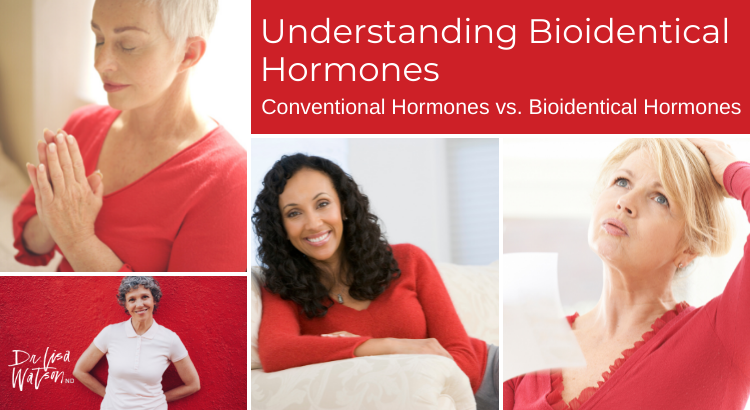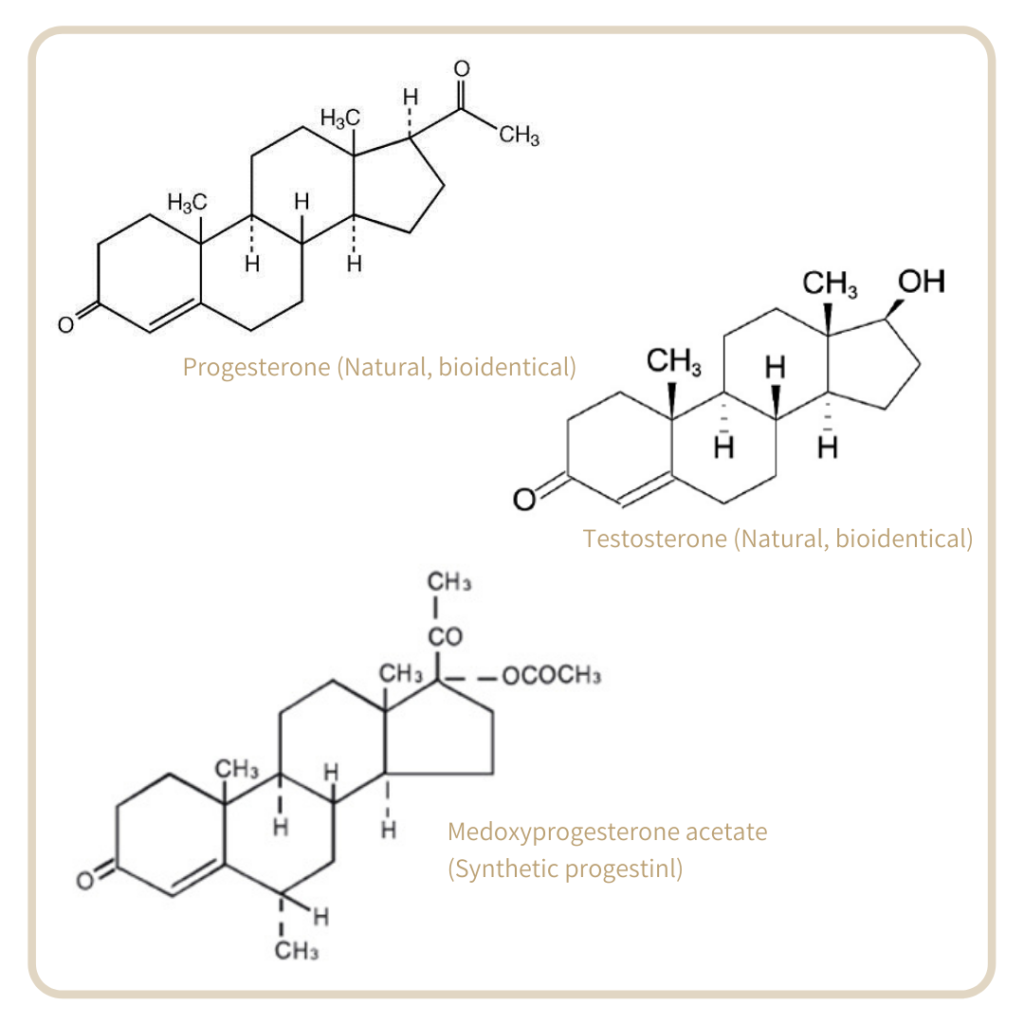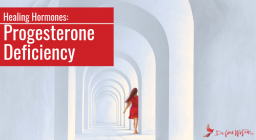
Conventional hormone replacement therapy (HRT) is the type of hormone replacement therapy that most women are aware of, and likely frightened of. With published clinical studies showing increased rates of breast cancer, heart attacks and stroke, it is not surprising that women are hesitant to undertake any form of hormone replacement therapy in perimenopause or menopause.
The Bioidentical Difference
While the hormones used in bio-identical hormone replacement therapy (BHRT) sound similar to those used in conventional HRT – estrogen and progesterone being the most common – there are some significant differences that are compelling enough for many women to reconsider bioidenticals, even if they are cautious about conventional hormone replacement therapy.
Bio-Identical Hormones are Bio-Identical
The most important factor setting BHRT apart from HRT is the type of hormones used. While conventional HRT uses natural estrogens (natural in that they come from horse urine – which may be natural for horses, but certainly isn’t natural for humans), the type of progesterone used is not progesterone at all – but a “progestin” – a compound that is similar to progesterone but has a very different molecular structure. This change in structure results in significant changes in the actions that result from the use of the synthetic hormone.
Bio-identical hormones on the other hand are just that, bio-identical. They are exactly the same as the hormones you have been making through your reproductive years. And as a result, they exert the same powerful actions when reintroduced to your body.

Bio-Identical Hormones are Used Topically
While this may not seem like a huge difference, the use of BHRT in a topical form has a massive impact on how your body uses it, and the dose necessary for positive effects.
When taking any medication orally (by mouth) it dissolves in the digestive tract and is moved from the digestive tract into the portal circulation – this takes the drug immediately to the liver, where large amounts of it are inactivated. This is called the “first pass metabolism” and hormones are highly susceptible to this process. This means that you need to take much higher doses to compensate for the loss of hormones that occurs before your body can use them.
When you use a hormone topically, by applying it directly to the skin, the pharmacokinetics change significantly. The hormone no longer goes directly to the liver, but instead is absorbed into fatty tissues where it can begin to bind to receptors, and exert benefits, before it meets the liver and is metabolized. This allows us to use much lower doses of hormones, because we don’t need to dose high to compensate for the loss of hormones in the first pass through the liver.
Bio-identical hormones are used in physiological patterns
The last significant distinction between conventional HRT and BHRT is that in BHRT we try to mimic the hormonal patterns established by nature. Rather than giving a steady dose of hormones, with BHRT we try to maintain the natural rhythms and patterns of hormones in the body, especially for women in perimenopause. This can diminish the possible side effects of taking the same dose of hormones all the time.
Reach Out for Support
If you have questions – and I bet you do – check out the other articles in the Understanding Bioidentical Hormones series. And if you are in Ontario, and would like to reach out to discuss working together, I’d love to chat.
In health,
Dr. Lisa
Disclaimer
The advice provided in this article is for informational purposes only. It is meant to augment and not replace consultation with a licensed health care provider. Consultation with a Naturopathic Doctor or other primary care provider is recommended for anyone suffering from a health problem.

















[…] 0 By Lisa Watson Bioidentical Hormones Hormone Health Menopause […]